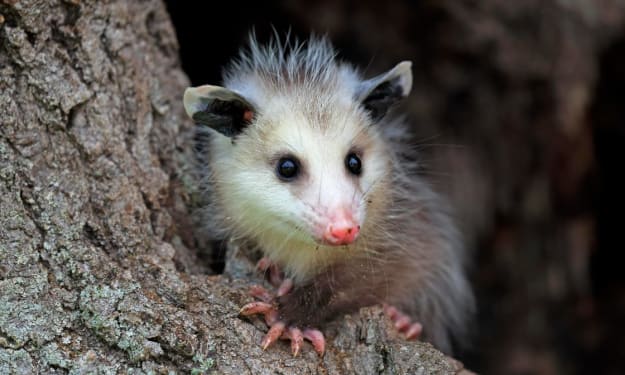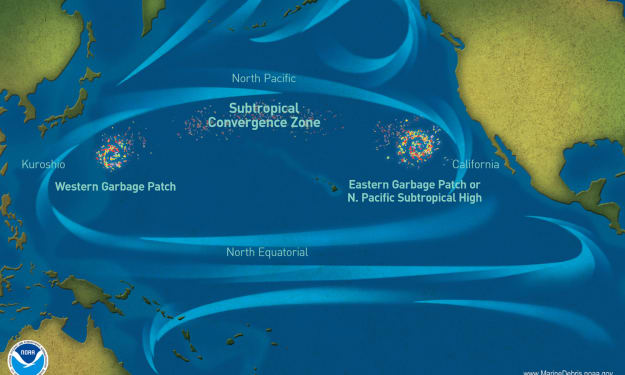Microplastics Devastating Wildlife and Humanity
The Silent Invasion: How Our Plastic Addiction is Poisoning the Planet

In the hidden corners of our oceans, streams, and soils, a catastrophic threat is silently spreading—microplastics. These tiny particles, often less than five millimeters in diameter, are wreaking havoc on wildlife and insidiously infiltrating human health. The situation is dire, and the responsibility rests squarely on our shoulders.
Picture this: a seabird, emaciated and weak, struggles to take flight. Its stomach, when examined, reveals a mass of brightly colored plastic fragments, mistaken for food in the vast, polluted ocean. This is not an isolated incident but a devastatingly common reality for countless marine animals. Sea turtles, mistaking plastic bags for jellyfish, ingest these lethal items, leading to blockages, malnutrition, and often, death. Fish, the very backbone of marine ecosystems, consume microplastics which then travel up the food chain, spreading contamination.
The most heart-wrenching scenes are those of whales washed ashore, their stomachs brimming with plastic waste. These gentle giants, symbols of the ocean’s majesty, are now grotesque indicators of human negligence. Microplastics, invisible to the naked eye, are just as lethal. They permeate the water, settling in the gills of fish and the digestive systems of shellfish, causing physical damage and poisoning them with toxic substances like PCBs and DDT, which are absorbed by these tiny particles.
The tragedy does not stop with wildlife. Microplastics have breached the barriers between nature and human society, making their way into our bodies through the water we drink, the food we consume, and even the air we breathe. Studies have found microplastics in human placentas, indicating a direct threat to the most vulnerable among us—unborn children. The long-term health implications of microplastics are still unfolding, but the initial findings are alarming. They suggest links to cancer, hormonal imbalances, and reproductive issues.
Consider this chilling fact: the average person consumes approximately 5 grams of plastic each week—the equivalent of a credit card. This ingestion occurs through seafood, bottled water, and even common table salt. As microplastics permeate our organs, the potential for serious health ramifications grows. The human body, though resilient, is not designed to handle a steady diet of plastic. The chronic inflammation and cellular damage caused by these particles could pave the way for a plethora of diseases, turning our bodies into ticking time bombs.
How did we arrive at this critical juncture? The answer is uncomfortably simple—human behavior. Our relentless consumption and improper disposal of plastic products have led to this crisis. Single-use plastics, lauded for their convenience, are discarded after mere minutes of use, yet they persist in the environment for centuries. The plastic waste we generate is either inadequately recycled or ends up in landfills and oceans, where it degrades into microplastics.
The fashion industry is another major culprit. Synthetic fibers shed from clothing during washing end up in water bodies, contributing significantly to the microplastic load. Every wash cycle releases hundreds of thousands of these fibers into the environment, perpetuating the cycle of contamination.
The situation is dire, but it is not without hope. The urgency to address the microplastic crisis cannot be overstated. Immediate and collective action is required. Reducing our reliance on single-use plastics, supporting bans on microbeads in cosmetics, and advocating for better waste management systems are crucial steps. Moreover, we must hold corporations accountable for their role in plastic production and pollution, pushing for innovations in biodegradable materials and sustainable practices.
Public awareness and education are powerful tools. As consumers, our choices drive the market. By opting for products with minimal plastic packaging, supporting sustainable brands, and participating in community clean-up efforts, we can collectively make a significant impact.
The microplastic crisis is a haunting reminder of our disregard for the environment, but it also presents an opportunity for redemption. We stand at a crossroads where the choices we make today will determine the fate of our planet and future generations. It is time to act decisively, for the sake of the wildlife suffering silently and for the health of humanity. Let us not fail in this critical moment.
About the Creator
Victor VinaHell
Hello! I'm Victor, an artist dedicated to sharing eco-information and some other random stuff! Through my articles, I aim to inspire and empower you to make changes that create a big impact on our planet. We can build a better world!
Enjoyed the story? Support the Creator.
Subscribe for free to receive all their stories in your feed. You could also pledge your support or give them a one-off tip, letting them know you appreciate their work.






Comments
There are no comments for this story
Be the first to respond and start the conversation.